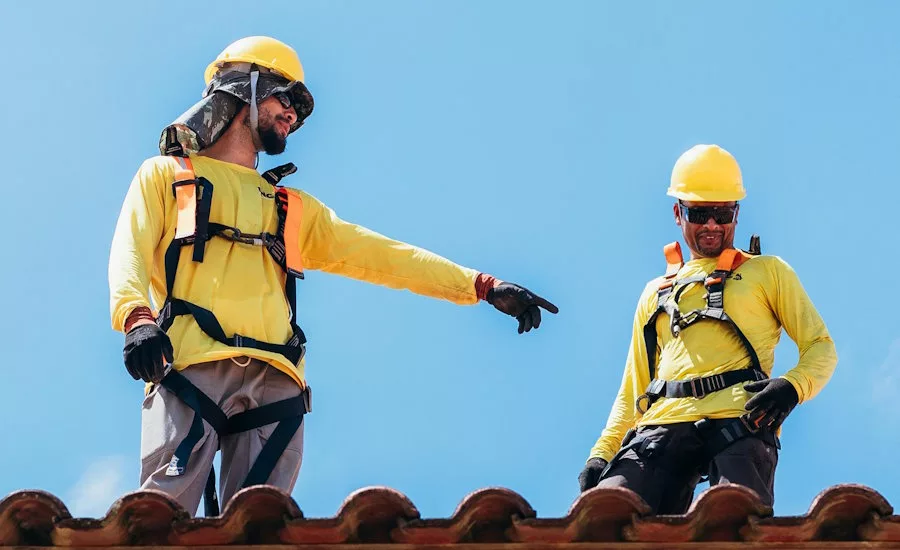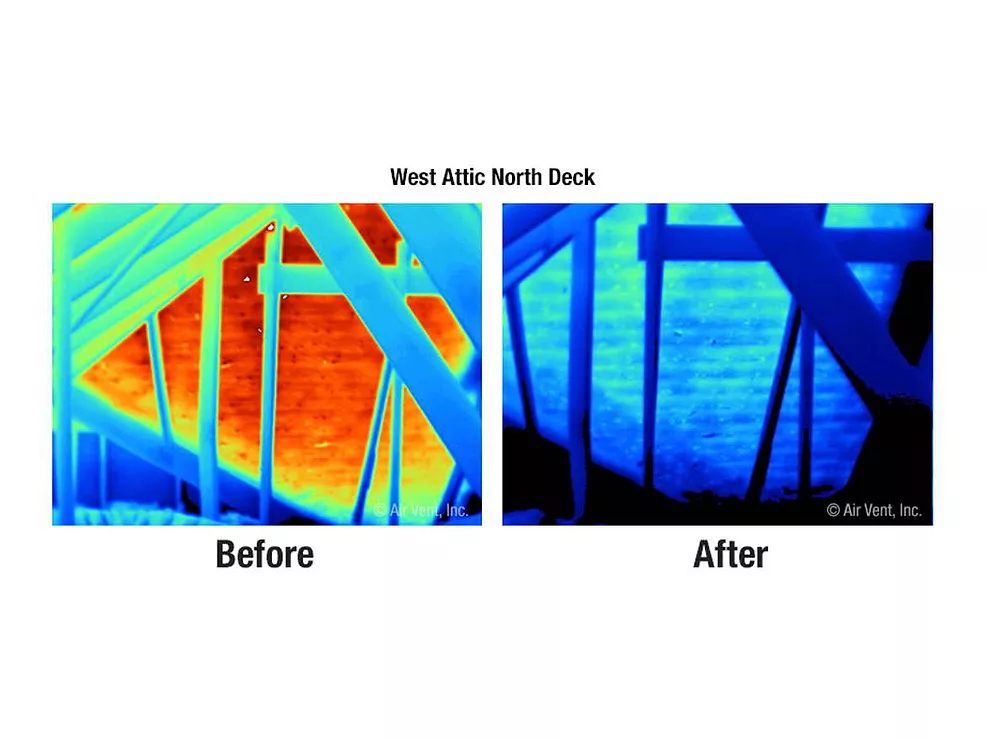Maintenance and Life-Cycle Considerations
The long-term success of a green roof revolves
around two main objectives: water tightness and vegetation. A quality seamless
waterproofing membrane should be the foundation of every green roof.

 The
long-term success of a green roof revolves around two main objectives: water
tightness and vegetation. A quality seamless waterproofing membrane should be
the foundation of every green roof. This article addresses the six essential
elements that are critical to the success of an extensive green roof’s
vegetation:
The
long-term success of a green roof revolves around two main objectives: water
tightness and vegetation. A quality seamless waterproofing membrane should be
the foundation of every green roof. This article addresses the six essential
elements that are critical to the success of an extensive green roof’s
vegetation:
1) Water Source: Although the amount of water required will be dictated by the amount of rainfall, the owner should still expect to have a water source available on the roof. If the roof is too large to be watered by hand, as needed during the vital first two years of establishment, an irrigation system, if even temporary, should be considered.
 2)
Roof Access: All roofs need to be visited and visually inspected on a regularly
scheduled basis, and a green roof is no different. If there is no access,
maintenance will likely be performed less frequently, if at all, and problems
will ensue.
2)
Roof Access: All roofs need to be visited and visually inspected on a regularly
scheduled basis, and a green roof is no different. If there is no access,
maintenance will likely be performed less frequently, if at all, and problems
will ensue.
3) Maintenance Budget: Extensive green roofs are low maintenance - there is no such thing as a no-maintenance green roof. A primary reason why some early extensive green roofs did not live up to their potential was due to lack of regular maintenance. Extensive green roofs require care during establishment; budgeting for regular maintenance, typically a contract between the installing landscaper and the building owner(s), should be in place.
4) Dedicated Maintenance: Ideally, the contractor who installs the plants will maintain them during establishment. This will benefit the building owner(s) because the contractors are familiar with the project details.
 5)
Plants: The plants selected for extensive green roofs are critical to the
roofs’ success. A qualified supplier should have knowledgeable personnel
available to walk design teams through the plant selection process, be
available after installation to evaluate the plants progress, suggest the
maintenance required, and provide any solutions if a particular plant is
suffering.
5)
Plants: The plants selected for extensive green roofs are critical to the
roofs’ success. A qualified supplier should have knowledgeable personnel
available to walk design teams through the plant selection process, be
available after installation to evaluate the plants progress, suggest the
maintenance required, and provide any solutions if a particular plant is
suffering.
6) Growing Media: A properly planned and designed extensive green roof should include an engineered lightweight growing media. It should be low in organic matter and have a limited percentage of clay/silt content. If the wrong growing media is used, irreversible and expensive problems could arise, such as issues with drainage and media compaction.
Extensive roofs can effectively provide all the benefits expected from green roof technology such as energy savings, mitigation of the urban heat island, and stormwater management. However, it’s critical that they are installed and maintained from day one. Taking the essential steps for getting your green roof off to a good start is essential to ensuring its long-term success. CR

An
extensive green roof tops Oak Park Library, Oak Park, Ill. Photos courtesy of
American Hydrotech.

An
extensive roof shown on the Chicago Transit Headquarters.
1) Water Source: Although the amount of water required will be dictated by the amount of rainfall, the owner should still expect to have a water source available on the roof. If the roof is too large to be watered by hand, as needed during the vital first two years of establishment, an irrigation system, if even temporary, should be considered.

Extensive
plugs being planted.
3) Maintenance Budget: Extensive green roofs are low maintenance - there is no such thing as a no-maintenance green roof. A primary reason why some early extensive green roofs did not live up to their potential was due to lack of regular maintenance. Extensive green roofs require care during establishment; budgeting for regular maintenance, typically a contract between the installing landscaper and the building owner(s), should be in place.
4) Dedicated Maintenance: Ideally, the contractor who installs the plants will maintain them during establishment. This will benefit the building owner(s) because the contractors are familiar with the project details.

Growing
media being distributed on the rooftop.
6) Growing Media: A properly planned and designed extensive green roof should include an engineered lightweight growing media. It should be low in organic matter and have a limited percentage of clay/silt content. If the wrong growing media is used, irreversible and expensive problems could arise, such as issues with drainage and media compaction.
Extensive roofs can effectively provide all the benefits expected from green roof technology such as energy savings, mitigation of the urban heat island, and stormwater management. However, it’s critical that they are installed and maintained from day one. Taking the essential steps for getting your green roof off to a good start is essential to ensuring its long-term success. CR
Looking for a reprint of this article?
From high-res PDFs to custom plaques, order your copy today!


